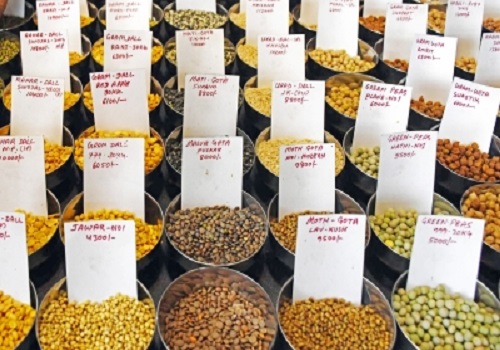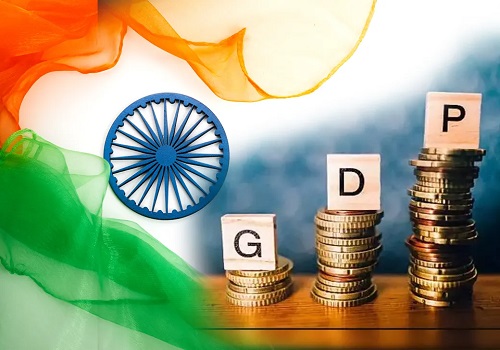Indian Pulse Growers Realise 65-75% of Retail Price: RBI Study By Amit Gupta , Kedia Advisory

Follow us Now on Telegram ! Get daily 10 - 12 important updates on Business, Finance and Investment. Join our Telegram Channel
The RBI report reveals that Indian pulse farmers earn 65-75% of the retail price due to efficient supply chains and government policies. Chana growers receive 75%, while moong farmers get 70% and tur farmers 65%, significantly higher than what tomato, onion, and potato farmers earn. The report highlights the importance of consolidating production through FPOs and promoting direct purchases by processors at the farmgate level to reduce costs. It also emphasizes the need for better warehouses, efficient storage, and new seed varieties for higher yields. Government interventions through strategic buffer stocks have been crucial in controlling pulse price inflation.
Key Highlights
# Pulse farmers get 65-75% of retail price, says RBI report.
# Chana growers receive 75%, while tur farmers get 65%.
# Efficient supply chain and import policies boost farmers’ earnings.
# Direct farmgate purchases by processors recommended to cut costs.
# Government’s strategic buffer stocks help control price inflation.
Indian pulse farmers have been able to realise 65-75% of the retail price due to an efficient supply chain and the government's calibrated import policy, according to an RBI report. Farmers growing gram (chana) earn around 75%, while moong farmers receive 70%, and tur farmers get about 65% of the price paid by consumers. This compares favorably with crops like tomato, onion, and potato, where farmers earn only about one-third of the retail price.
The report suggests that direct purchases by processors at the farmgate level would further improve farmers’ earnings by reducing transportation and intermediary costs. It also highlights the importance of consolidating production through Farmer Producer Organizations (FPOs) to enhance farmers’ bargaining power. The integration of the e-NAM platform in pulse-producing regions could bring transparency to the trade, ensuring better pricing.
The RBI study also calls for investment in warehouses and efficient storage facilities to boost pulse production. Additionally, introducing new seed varieties, particularly for gram and moong, could result in higher yields and better remuneration for farmers. Government procurement through Nafed and strategic buffers has played a crucial role in stabilizing pulse prices and preventing inflation, according to the report.
Finally
Efficient policies and supply chain management have enabled pulse farmers to earn a higher share of retail prices, and further reforms can enhance their incomes.
Above views are of the author and not of the website kindly read disclaimer



















